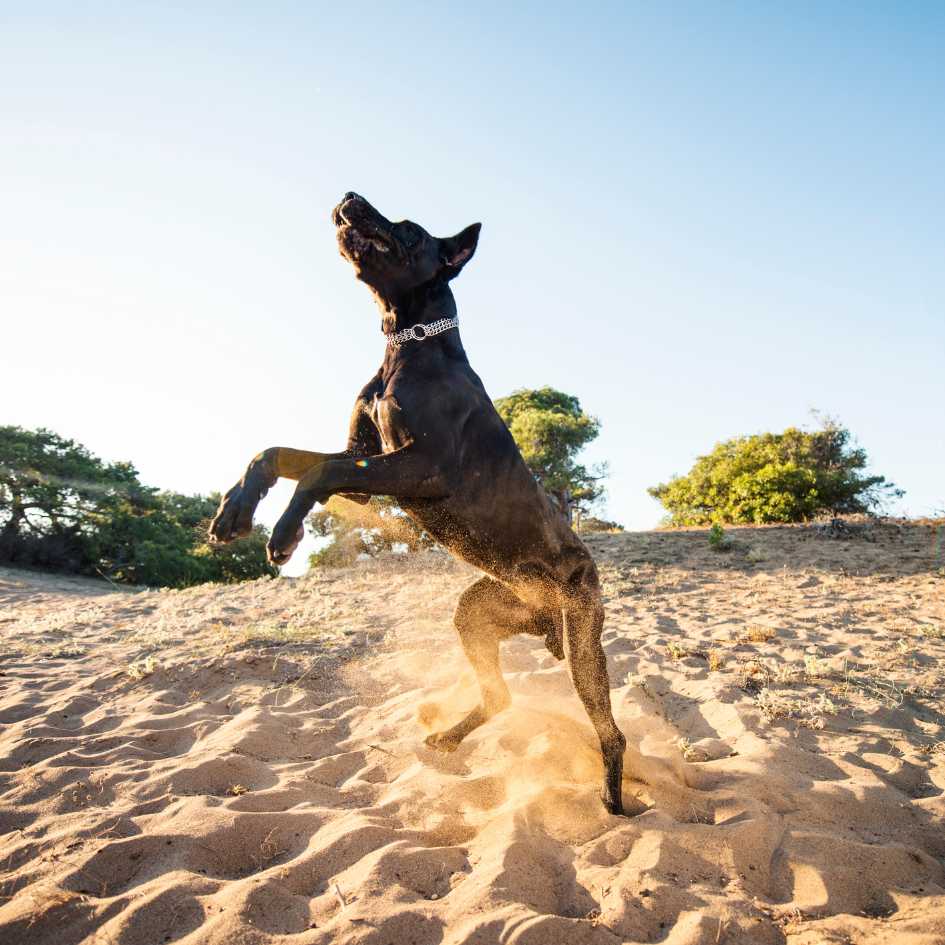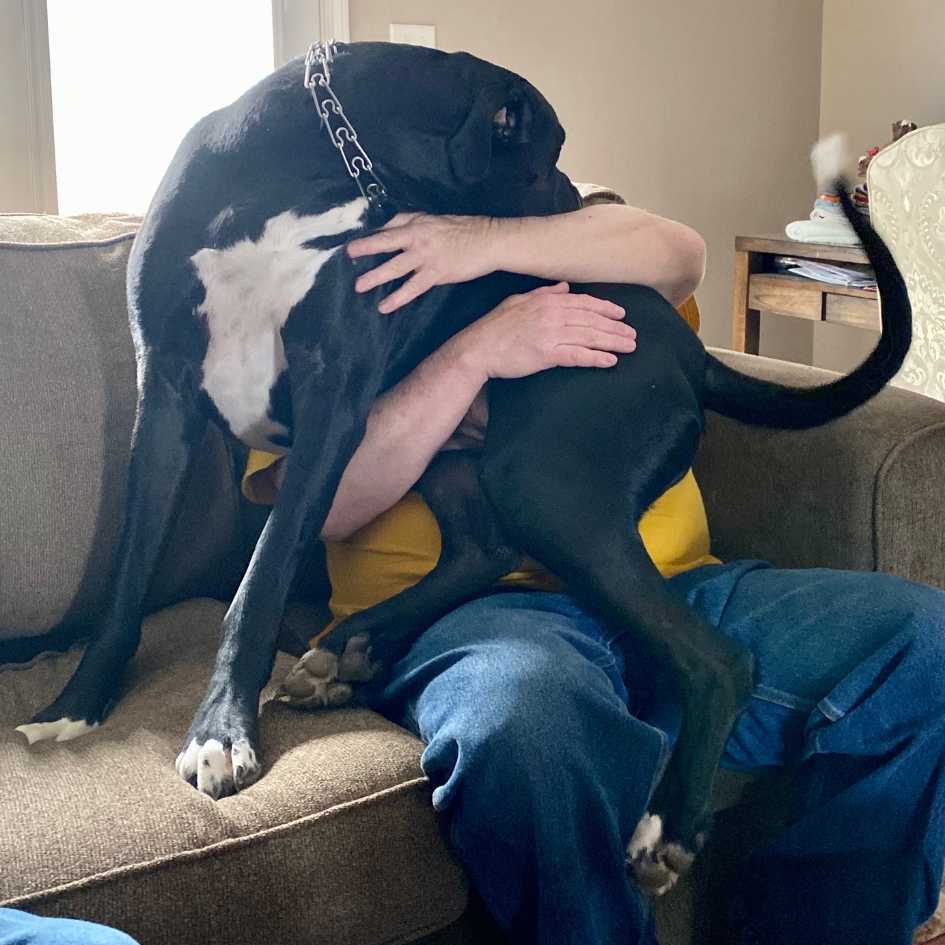Great Dane Dog Breed: History, Characteristics, and Care Tips

The Great Dane, often referred to as the “gentle giant,” is a breed known for its towering stature, elegance, and friendly nature. As one of the largest dog breeds in the world, the Great Dane combines physical grandeur with a heartwarming temperament, making them a favorite among dog lovers. This guide delves into the history, traits, and essential care tips for owning a Great Dane.
History of the Great Dane

- The Great Dane’s lineage traces back to ancient civilizations such as Egypt, Greece, and Rome, where large boar-hunting dogs were depicted in artifacts and writings.
- These early dogs were likely the ancestors of mastiff-type breeds.
- Despite the name, the breed was refined in Germany, not Denmark.
- Originally known as the “Deutsche Dogge,” Great Danes were bred as boar hunters and estate guardians.
- Over time, their aggressive hunting traits were softened, transforming them into gentle companions.
- Today, Great Danes are celebrated for their friendly demeanor and majestic presence.
Physical Characteristics of Great Danes

- Height: Males stand 30-34 inches; females, 28-32 inches.
- Weight: Males weigh 54-90 kg; females, 45-60 kg.
- Build: Muscular and athletic with a sleek, powerful frame.
- Coat: Short, smooth, and shiny.
- Colors: Great Danes come in a variety of shades, including:
- Fawn
- Brindle
- Harlequin
- Mantle
- Blue
- Black
- Their noble, elongated heads and expressive eyes exude elegance.
- A deep chest and long, muscular legs contribute to their commanding appearance.
Personality and Temperament

- Great Danes are known for their loving and gentle nature, earning them the nickname “gentle giants.”
- They form strong bonds with their families and are excellent with children.
- Despite their friendly nature, Great Danes are protective and make excellent watchdogs.
- They enjoy playtime and social interactions, though their large size requires care during rough play.
- Proper training and socialization from an early age ensure they remain well-mannered and approachable.
Caring for a Great Dane

- High-Quality Diet: Feed your Great Dane food rich in protein and essential nutrients to support their large frame and growth.
- Controlled Portions: Overfeeding can lead to obesity and joint issues. Divide meals into 2-3 portions daily.
- Avoid Bloat: Prevent this life-threatening condition by feeding smaller, frequent meals and avoiding vigorous activity after eating.
- Moderate Activity: Great Danes require daily walks and light playtime.
- Avoid Overexertion: Excessive exercise can strain their joints, especially during their growth phase.
- Mental Stimulation: Interactive toys and training sessions keep their minds engaged.
- Coat Care: Their short coat is low-maintenance, requiring weekly brushing to remove loose hair.
- Bathing: Bathe as needed, usually every 6-8 weeks.
- Nail Trimming: Regularly trim their nails to prevent overgrowth.
- Dental Hygiene: Brush their teeth to maintain oral health.
- Veterinary Visits: Regular checkups are essential to monitor their health.
- Common Health Issues:
- Hip Dysplasia: A genetic condition affecting mobility.
- Dilated Cardiomyopathy: A heart condition common in large breeds.
- Gastric Torsion (Bloat): A serious condition requiring immediate attention.
- Wobbler Syndrome: A neurological condition causing instability.
- Lifespan: Great Danes have a relatively short lifespan of 7-10 years, emphasizing the importance of proactive health care.
Cost of Owning a Great Dane in India

Great Danes in India are priced between ₹30,000 and ₹80,000, depending on their pedigree and the breeder’s reputation. Monthly expenses for premium-quality food range from ₹4,000 to ₹8,000, while healthcare and grooming costs typically fall between ₹2,000 and ₹4,000. Additional fees may include training and large-sized accessories like collars, beds, and feeding bowls.
Why Great Danes Make Excellent Pets

Their affectionate and patient nature makes them great companions for families with children.
Great Danes are protective without being overly aggressive, striking a perfect balance.
Despite their size, they can adapt to apartment living if given adequate exercise and space.
Their combination of gentleness and playfulness makes them stand out among dog breeds.
Conclusion

The Great Dane is a remarkable breed that brings elegance, loyalty, and affection into any home. While their size and care needs may seem daunting, their loving nature and unwavering loyalty make the effort worthwhile. With proper care, training, and attention, a Great Dane can become a cherished member of your family, leaving a lasting pawprint on your heart.











































